Description
Philodendron melanochrysum is a stunning, rare variety of Philodendron known for its large, velvety leaves that feature a deep green coloration with golden yellow veins. As a climbing plant, it produces dramatic, heart-shaped leaves that mature into glossy, dark green foliage. Native to the tropical regions of Central and South America, it thrives in humid, warm environments, making it a prized addition to any indoor plant collection.
- Full Botanical Name: Philodendron melanochrysum
- Common Names: Velvet-leaf Philodendron
- Country and/or Region of Origin: Native to the tropical regions of Central and South America
- Growing Conditions in Native Habitat: Grows as an epiphyte or climbing plant in humid, shaded tropical rainforests with filtered sunlight and high humidity
- Care Guide:
- Light: Prefers bright, indirect light but can tolerate some low light. Too much direct sunlight can scorch the leaves and cause them to lose their velvety texture.
- Ideal Room: Ideal for living rooms, offices, or bedrooms with bright, indirect light. It also thrives in bathrooms or kitchens with higher humidity levels.
- Feeding: Fertilize once every 4-6 weeks during the growing season (spring and summer) with a balanced, water-soluble fertilizer. Reduce feeding during the winter months when the plant is dormant.
- Humidity: Prefers high humidity. Regular misting or using a humidity tray will help maintain the ideal conditions. It thrives in environments like bathrooms or humidifier-equipped rooms.
- Ideal Temperature: Best kept between 65°F and 80°F (18°C to 27°C). Protect from cold drafts and temperatures below 50°F (10°C), as it is sensitive to frost.
- Watering: Water when the top inch of soil feels dry. Be careful not to overwater, as Philodendron melanochrysum is prone to root rot. Ensure the plant is in a pot with good drainage to avoid water accumulation around the roots.
- Pet/Child Safe: Toxic to pets and children if ingested. Keep out of reach of animals and young children to prevent accidental ingestion, which can cause digestive upset or irritation.
- Soil Type: Use a well-draining potting mix, such as one formulated for aroids or tropical plants. A mix with added perlite will help ensure that the soil retains moisture while providing good drainage.
- Propagation: Propagate by stem cuttings. Take a healthy cutting with at least one node and place it in water or well-draining soil to root. It should root within a few weeks, and new growth will follow shortly.
- Eventual Height and Spread: Can grow up to 6-8 feet (1.8-2.4 meters) tall when given proper support, as it is a climbing vine. It has a relatively compact spread of about 2-3 feet (60-90 cm).
- Growth Rate: Moderate to slow-growing. It can take time to establish, but once it begins climbing, it will grow steadily over time, producing large, dramatic leaves.
- Pests and Treatment: Prone to pests such as aphids, mealybugs, and spider mites. Treat infestations with insecticidal soap or neem oil to keep the plant healthy and pest-free.
- Repotting: Repot every 1-2 years or when the plant becomes root-bound. Choose a pot with good drainage and fresh soil to encourage healthy root growth and to prevent root rot.
- Pruning: Prune dead or yellowing leaves to maintain the plant’s appearance. Pruning also helps manage its size and shape, especially if it becomes too leggy or unruly.
- Air Purification: Like other Philodendron species, Philodendron melanochrysum helps purify the air by removing toxins like formaldehyde and benzene from the environment, improving indoor air quality.
- Folklore: In many cultures, Philodendrons are believed to bring positive energy and growth to a space. Their ability to thrive in less-than-ideal conditions symbolizes resilience and prosperity, making them a popular addition to homes and offices.


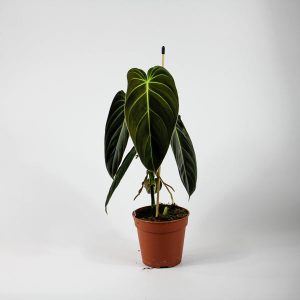
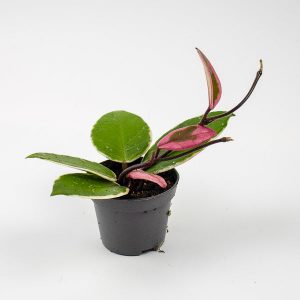

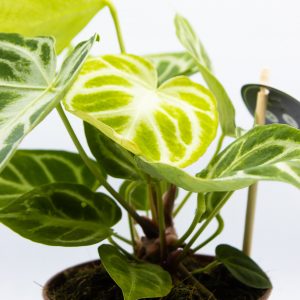
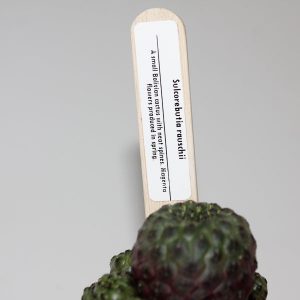

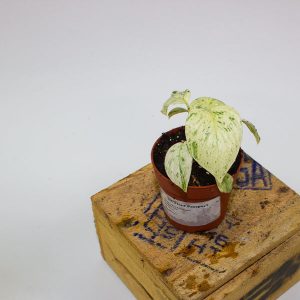

Reviews
There are no reviews yet.